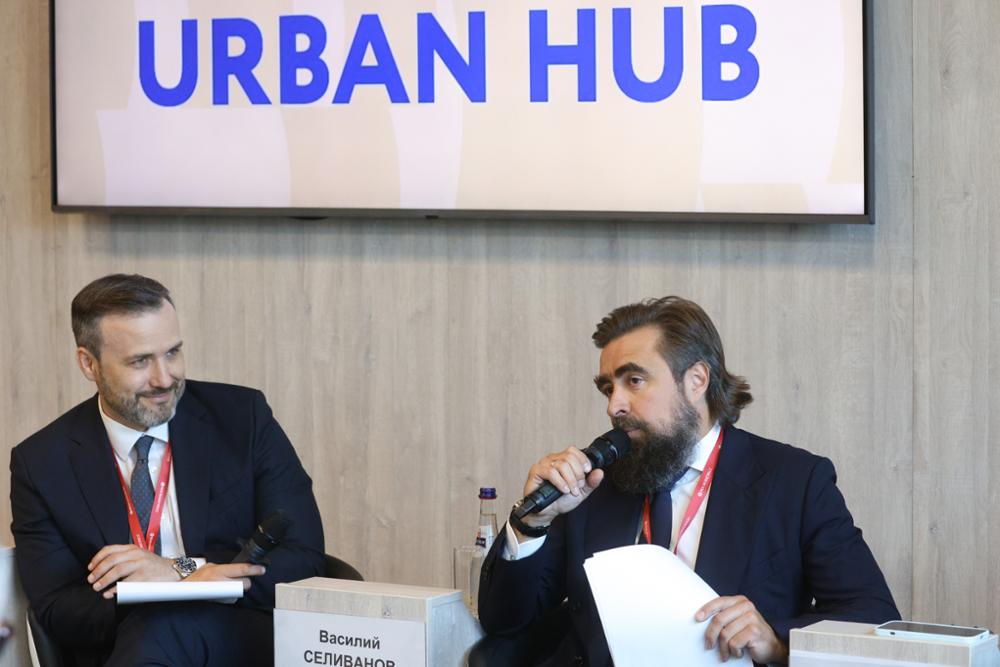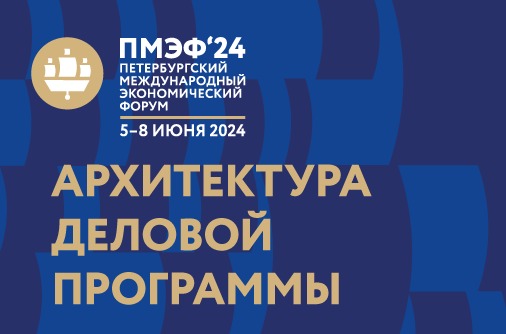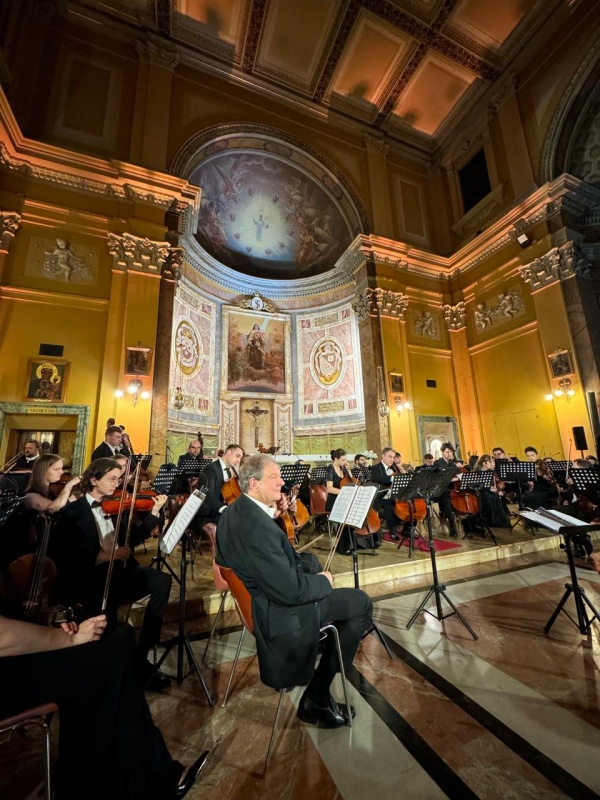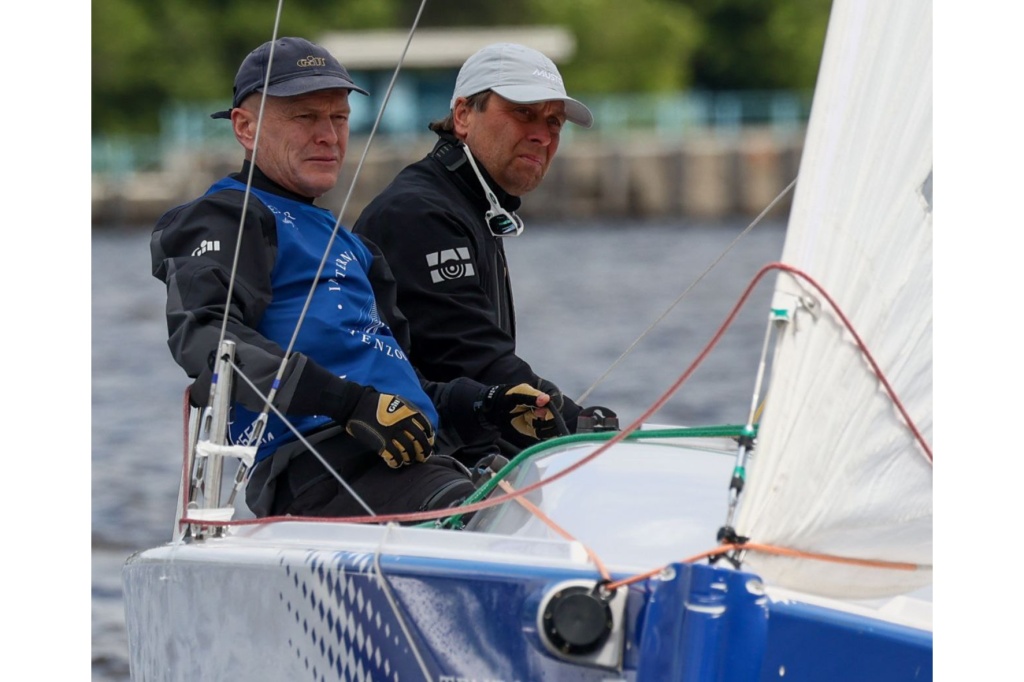
“ASI’s mission is to roll out a new economic reality”
Furthermore, the ASI is working on the National Technology Initiative strategy for the period to 2035 to shape a new economic reality.
– Andrey Sergeevich, there have been quite a few various strategies presented in our country lately, but even the most high-profile ones have so far had little impact on the economy. How is the strategy originating from the ASI fundamentally different from the rest of the projects?
– This July, we are going to strike a balance of our activities of the past five years. We will then present the National Technology Initiative strategy for the period to 2035 at the Forum of Strategic Initiatives – the strategy will essentially create a new economic reality.
The document logically builds on what President Vladimir Putin said in his address to the Federal Assembly on 4 December 2014. The head of state referred to the National Technology Initiative as a priority of the state policy. The question is how the national economy should be structured: its focus on oil is supposed to be shifted towards high technology market segments. For example, we are centered on the markets for drones, personal medicine, neurotechnology, etc. We need to nurture each of these segments to turn them into national champions that will ultimately become a new Yandex or Google in their respective markets. We are aimed to promote competitive future-oriented segments and ensure that Russian companies have substantial market shares. This is what Strategy 2035 is all about. As soon as the document has been reviewed by experts, it will be submitted to the president.
The main difference is that economic strategies are elaborated by a narrow group of experts, whereas our document will be reviewed by several communities – entrepreneurs, who are the locomotive of the National Technology Initiative, state officials, public figures, and experts.
In the course of our work on the Strategy we discussed ways to reach out to new markets, technologies to focus on, and instruments to build the engagement with the state and ensure proactive personnel training, including via the talent search and development model.
Organizations involved in the development of strategies normally tend to look at the rearrangement of the world from a global perspective, whereas the ASI has taken a unique bottom-upwards approach, not the other way round. Over the past five years, we have backed more than 300 projects, mostly SMBs and mostly in the social sector, education, etc. People have been coming to us saying: we want to make a difference, but the regulatory framework and administrative barriers won’t let us work. The ASI is not a development institution, we do not provide financial assistance, but what we can do is remove some unnecessary administrative procedure or a barrier.
– What is the specific concept for the implementation of your strategy?
– I’ll give you an example. We are about to launch a children’s technology park project – versatile platforms for the youth to try aeromodelling, programming, that is, make first steps in mastering high technologies. We are going to train specialists who will be in demand in a decade or two, not tomorrow, and these specialists will become trendsetters in the national economy and the country’s public life.
– There have been opinions that the ASI is exclusively an election product that would be discontinued immediately after the election.
– The country was in need of an institution that would be capable of working with medium-sized business (which is obviously a non-oil and gas sector) and help overcome administrative barriers.
At first it seemed odd that the Agency for Strategic Initiatives was involved in field work rather that strategic work, but they came to understand what it was all about – specific work with specific people. The basis for the ASI work is to help specific people. Then we took a look at how business operates in the regions. It turned out that it worked better in some regions and failed to evolve in others.
We studied the best 15 regions, outlined their concepts, and came up with 15 simple rules for a region to work with business. We ran some tests and understood that the model was working. It is now part of the governor KPI evaluation model. Following the practical implementation of the regional investment standard for governors it became a law.
As of today, the regional investment standard, which draws on the best investment practices, has been introduced in all of the constituents of the Russian Federation. More than 50,000 new jobs have been created within the framework of respective investment projects. Investments in projects currently under implementation have amounted to 3.5 trillion roubles.
– You are saying that there have been fewer administrative barriers, but how does this improvement show? Business keeps making complaints.
– One of the indications of our success is the World Bank’s Doing Business rankings. Russia has improved to rank 51 from 120. Four years ago, in May, the president signed a series of decrees to make it into the top-20 countries with the most favorable environment for investors. We have been working hard to improve Russia’s rank to 51. We have significantly reduced the number of administrative barriers, and we hope we will make further progress this year.
– You said the national investment climate rating for regions can come as a surprise to many heads of Russian constituents. How is it different from the report published last year?
– Indeed, we will present the third regional investment climate rating this June at the St. Petersburg International Economic Forum. We conduct annual opinion polls of entrepreneurs, who tell us what sort of challenges they have to address to do business – first they were quite apprehensive, but now they eagerly talk to us. Heads of the regions at the bottom of our rakings often approach me to ask what needs to be done to improve their ranks. I always advise them to communicate with local business, meet with people to learn about their problems and try to solve them.
The rating committee of the national investment climate rating comprises representatives of the major business communities – Opora of Russia, Delovaya Rossiya, the Russian Union of Industrialists and Entrepreneurs, and the Russian Chamber of Commerce and Industry.
This year, 400,000 businessmen were involved in the survey, some 7% of the total number of entrepreneurs in the country. Last year, we questioned 230,000 businessmen.
The rating practice has proved to be an effective mechanism: the period for the registration of property titles has been reduced from 13–67 days in 2014 to 10–36 days in 2015. Both leaders and outsiders have managed to improve their indicators.
– In 2019, Kazan will play host to WorldSkills International. How has the ASI contributed to this?
– Russia’s victory – and we had to compete with Charleroi in Belgium and Paris – became a logical result of the consistent work that the ASI and its partners have been doing since 2012. WSI is already a well-known brand, but when we started, we had to explain the basics to give reasons why we need this. It is the ASI that initiated Russia’s involvement in the WSI movement. Most of Russia’s regions and 20% of the country’s colleges participate in the system of championships in skills, meaning that the training of personnel that is demanded by the economy in compliance with top global standards has become a priority. In 2019, we will have to do our best in Kazan, as the organizers of the event and participants. Preparatory work is currently underway, and I’m positive that our national team will be a success. When our guys went to Leipzig for their first WSI event in 2013, they came last, but they improved their position by 27 notches to place 14 at WorldSkills São Paulo 2015.
Further, as part of our initiative “Skills Development for Industrial Growth” we implement a promising exciting project – dual education, when you study theory at a college and do practical work at a factory. We are currently at the pilot phase to test the system in 13 regions, and if the project proves successful, we will apply the practice next year to all Russian regions. Russia needs highly qualified staff, and this is what we are planning to provide.








